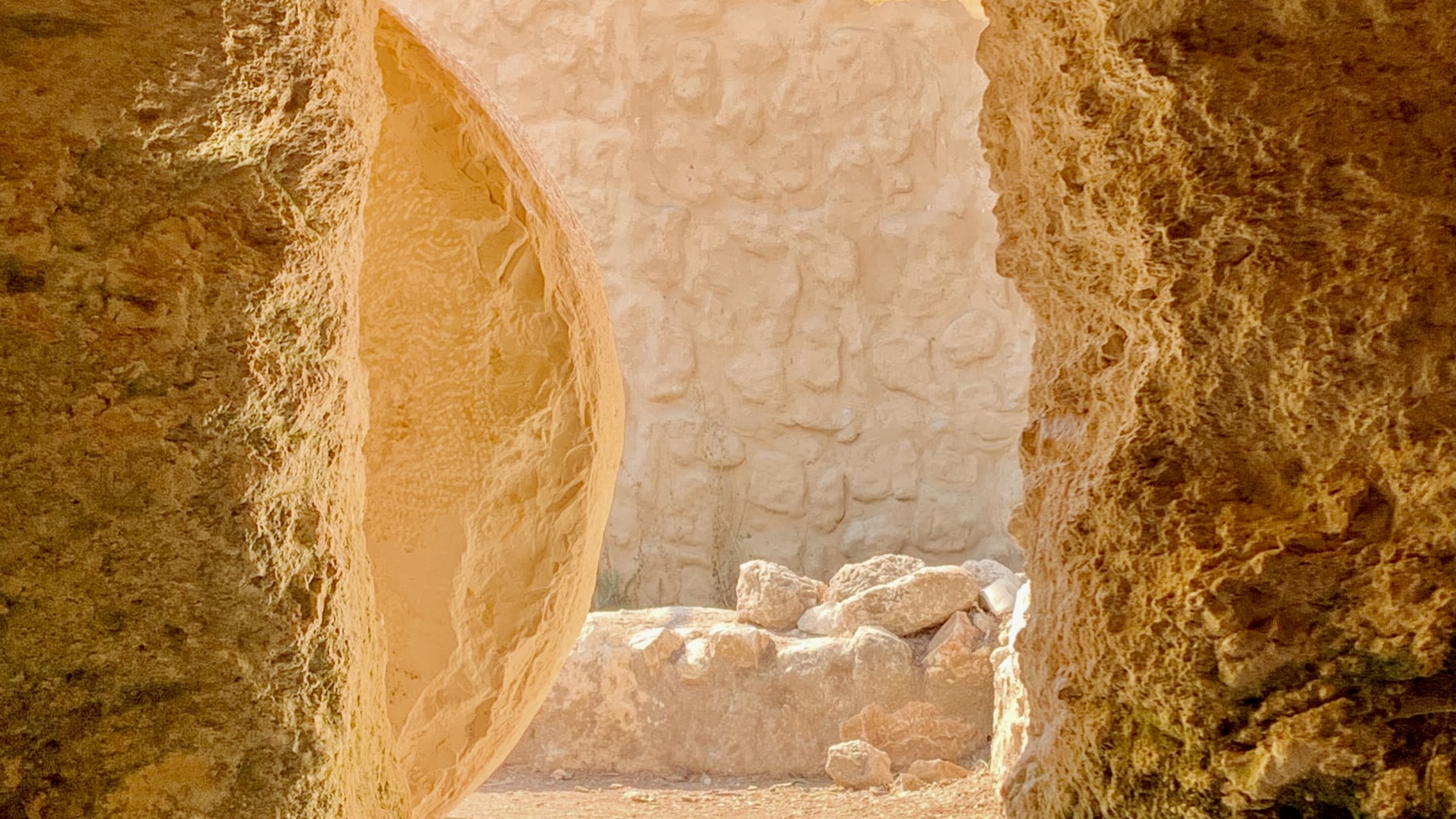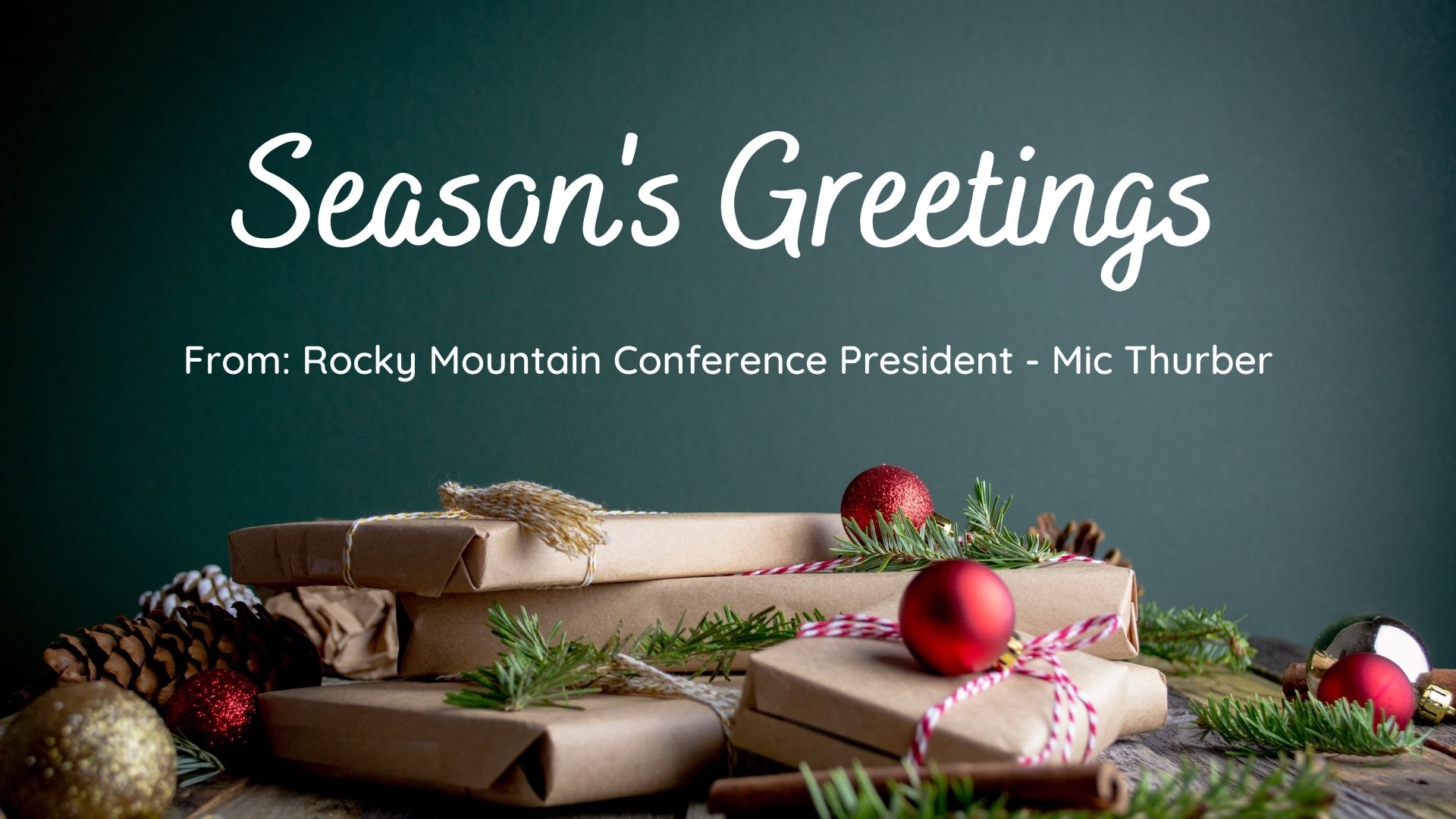While teaching Junior Bible class at Mt. Pisgah Academy, I assigned the students to contact a local church pastor of another denomination and ask what their view was of the Second Coming of Christ. The young lady who was my reader that year reported to me with a great deal of surprise that the pastor she contacted said, “oh, we don’t think much about that here.” She and I both were baffled. After all, “Jesus is coming again soon” is the heart cry of our church!
When I consider what I cherish about being a Seventh-day Adventist, there are almost too many things to write about! But at the top of the list are these two things:
The Second Coming of Jesus—the promise of seeing the One who has saved me, is transforming me, and who has invited me to live forever with Him is a banner that gives
me hope and courage to press on, even while this world gets darker and moves farther away from Him.
I have friends and family I want to see again. I want to live in a place without the darkness and struggles that are so often a part of living here. I want to see Jesus! I want to have conversations with Peter and Paul and Esther and Mary Magdalene. I want to know from my angel what it was like guarding me all my life, and I want to hear about the times that he intervened that I never even knew about.
I want to eat from the tree of life and not have to worry about counting calories! I want to visit Saturn and Jupiter and worlds I don’t yet know even exist. I want to be one of those gathered around the great white throne singing the joyful songs that will fill heaven’s shimmering atmosphere.
I’m not sure church would matter much if we didn’t have Jesus and heaven as our prize.
That it’s hard to stay on a journey to that grand land brings up my second treasure in Adventism. Though there are differences from world division to world division, though there are differences from union to union and conference to conference and even from church to church, we all carry some core tenets and beliefs. Knowing you have fellow and sister travelers makes the journey easier. We can find encouragement from one another, we can learn from one another, and we be force for Christ in our communities with one another.
And a simple realization brought this home to me a few weeks ago. At a recent board meeting, I was given a tangible blessing and lesson about how much the church is the apple of Jesus’s eye. One of the new board members was the daughter of two friends that were elementary school classmates of mine as far back as first grade! I remember growing up sometimes thinking about all the grown ups that were doing things that were important to the cause of Christ. Then as I grew up and took my own place among those who put their heart and soul into the church, sometimes I found myself wondering who would follow in our steps.
Seeing this woman take her place on the board was a powerful signal to me that God will preserve the movement of His saints on toward the coming kingdom! Though things appear as though Jesus is directing world events to wrap up history down here, if I am asked to wait in hopeful sleep until the trumpet sounds, I would rest knowing that God continues to raise up men and women to serve and to lead the body of Christ to that Great Day.
I find so much joy and comfort in knowing that so many look for His appearing together and with great anticipation. Let us never lose the “hope that burns within our hearts” and may we treasure the great association of like-minded Jesus-lovers who wait for the coming day together.
Mic Thurber is the RMC president. Email him at: [email protected]


